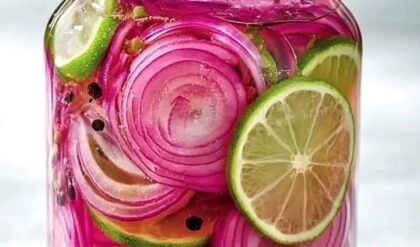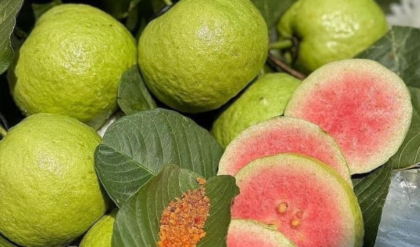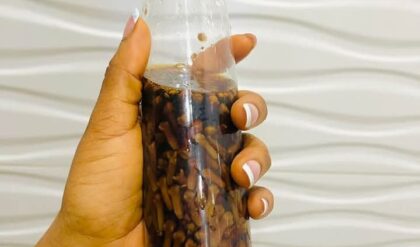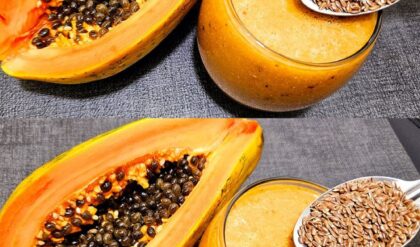Purslane, commonly known as little hogweed, pigweed, fatweed, or pusle, is a plant found worldwide. While it is often regarded as a weed in the United States, in many other cultures, it’s valued as both a food and medicinal plant. In Mexico, it’s called verdolaga and is frequently used in cooking. In Chinese folklore, purslane is known as the “vegetable for long life.”

As a succulent, purslane can store water, making it resilient in dry and arid climates. This durability makes it an excellent choice for gardeners in hot, water-scarce regions or for those who may not consistently water their plants. Although often overlooked, purslane offers a remarkable range of health benefits, and growing it yourself can be a simple way to enjoy its nutritional advantages.
Health Benefits of Purslane
Though modest in appearance, with its small yellow flowers and rubbery green leaves, purslane is one of the most widely used medicinal plants, according to the World Health Organization. Its health benefits include:
Rich in Antioxidants
Antioxidants combat free radicals, which are unstable molecules in the body that can cause cellular damage. Purslane contains high levels of antioxidants, including:
- Vitamin A: Supports vision, immune function, and organ health by promoting healthy cell division.
- Beta-Carotene: Converts to vitamin A in the body and reduces free radical damage, potentially lowering cancer risk.
- Vitamin C: Strengthens collagen, blood vessels, and promotes wound healing.
- Glutathione: Known for anti-cancer properties, purslane leaves have higher glutathione levels than spinach.
- Melatonin: Helps regulate sleep, reduce inflammation, support immunity, and stabilize blood pressure.
- Betalain: The pigment giving purslane its reddish stems may have antiviral, antibacterial, and antifungal effects, though more research is needed.
Potential Cancer Prevention
Purslane contains compounds, such as flavonoids, alkaloids, and polysaccharides, that show promise in cancer prevention. Preliminary research suggests that these components could one day play a role in cancer treatment, although further studies are necessary.

Supports Heart Health
Uniquely, purslane is a plant source of omega-3 fatty acids, which are typically found in fish. With the highest recorded omega-3 content among land plants, purslane helps protect artery health, potentially lowering the risk of stroke, heart attack, and other cardiovascular diseases. Omega-3s may also reduce the risk of dementia and certain cancers, such as breast cancer.
Aids in Diabetes Management
Studies indicate that purslane can help lower fasting blood sugar levels, which is beneficial for those managing type 2 diabetes. Although more research is needed, early findings suggest that purslane may also aid in weight loss for individuals with a high body mass index (BMI). Maintaining a healthy weight is essential for blood sugar management and reducing diabetes complications.
Promotes Bone Health
Purslane is a rich source of calcium and magnesium, two essential minerals for bone health. Calcium is critical for strong bones and teeth, while magnesium helps produce bone-building cells and regulates a hormone that aids calcium absorption. Together, these minerals support skeletal health and may reduce the risk of osteoporosis and age-related bone issues.

Additional Benefits of Purslane
Early research suggests that purslane may also offer benefits in:
- Wound healing
- Liver health
- Gastrointestinal health (such as relief from stomach ulcers)
- Viral, bacterial, and yeast infection prevention
However, these potential benefits require further study.
Nutritional Value
Purslane is high in folate, a B vitamin essential for numerous body functions, including vision and brain health. Pregnant women are advised to get at least 400 micrograms of folate daily to help prevent birth defects.
With its impressive nutrient profile and health benefits, purslane is much more than a common weed; it’s a powerhouse of wellness that’s worth considering in your diet and garden.





